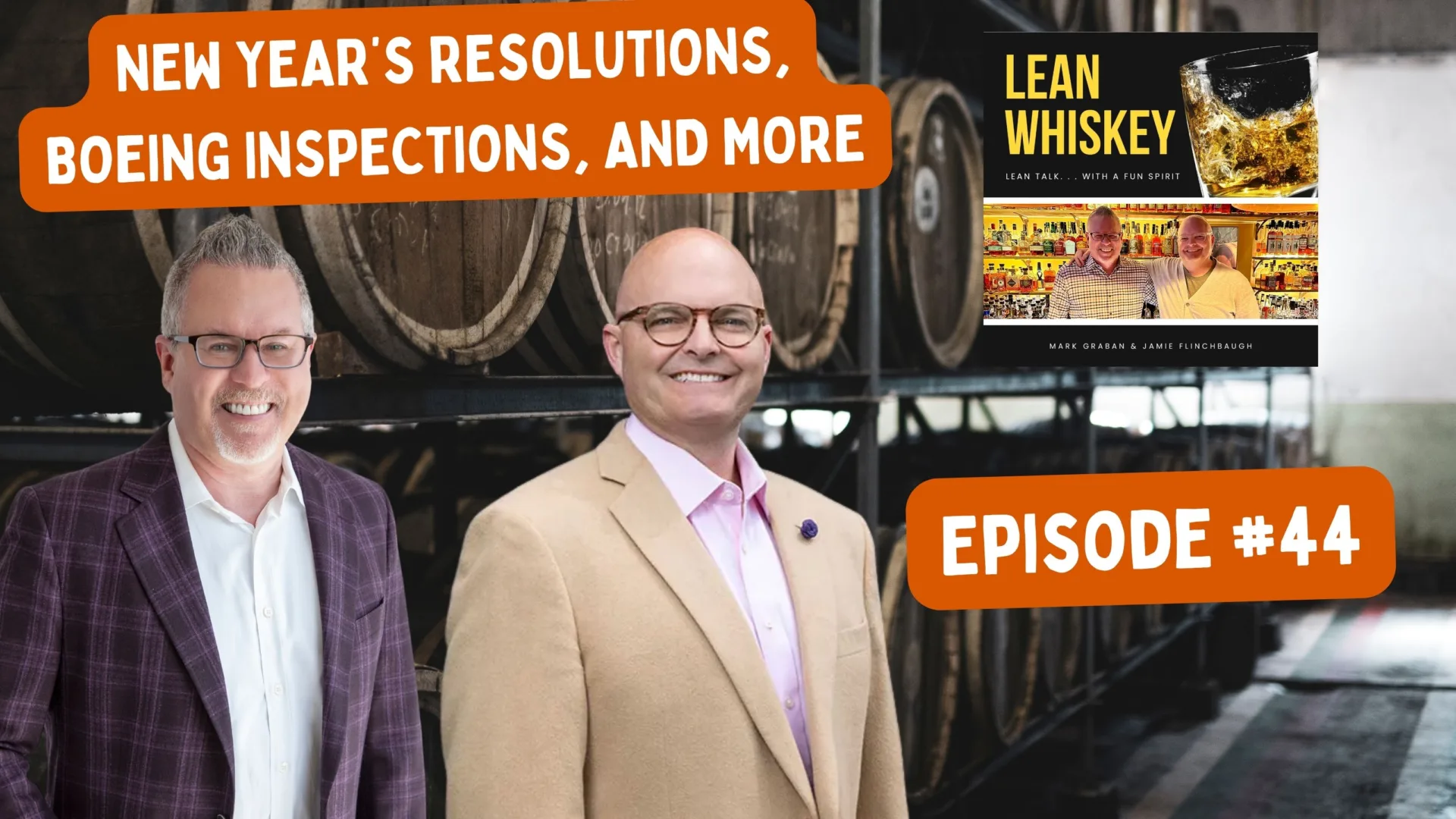On this blog, there have been several discussions and posts about jobs going overseas, not so much from a protectionist and politics standpoint, but more about the impact on your value stream. Is it shortsighted? Do our cost systems tell the whole picture? Just reducing the piece price of a part does not capture the total cost. There is the hard-to-calculate cost of a long supply chain. It's not just the inventory, which is often vastly under-priced as only economic holding costs and not operational holding costs, but just as importantly the responsiveness and flexibility. I have yet to see a cost system that effectively manages responsiveness and flexibility. Then there are costs of communication, problem solving, alignment, and so on.
Here's what a recent article from CFO Magazine titled Digging In had to say:
Some companies are rethinking the conventional view that producing goods in low-wage countries is preferable to producing them in the developed markets where customers buy them. In some industries, Burkitt says, shipping costs from China now exceed the cost of the goods being shipped. Some experts believe this will give further impetus to the “reverse outsourcing” trend, in which jobs (mostly in manufacturing) return to the businesses' home countries. In other cases, such as with automakers, companies may build factories closer to customers; witness Toyota's recent decision to begin building Prius hybrids in the United States.
I'm not advocating everyone close up shop in China (or wherever in the world you threw your operation). And I'm also glad this is showing up in CFO Magazine, particularly since it's often the financial models that drive sub-optimal behavior (but you operations folks that are cheering that comment, you're not without culpability yourself). Here's what it takes:
- Have the ability to understand the total cost in the value stream, not just piece price. This means hard-to-calculate operational costs.
- Look at it from a value stream perspective. Don't just look at one hand off, understand your suppliers and your customers. This is not a factory initiative. This is a value stream perspective.
- Understand and have a plan for variable factors in your value stream. Will energy and transportation prices vary? Will customer lead time expectations change? Will IP concerns change? Know what factors you need to consider and then keep in mind that some of them might be temporary. No one can say for sure what the price of transportation will be 5 years from now (but I think we can estimate that it will be high).
What do you think? Please scroll down (or click) to post a comment. Or please share the post with your thoughts on LinkedIn – and follow me or connect with me there.
Did you like this post? Make sure you don't miss a post or podcast — Subscribe to get notified about posts via email daily or weekly.
Check out my latest book, The Mistakes That Make Us: Cultivating a Culture of Learning and Innovation:









Jamie,
I’ve worked with offshore manufacturing operations and can tell you that it is rare that a company captures all of the costs associated with the relationship. The real problem in my experience is that the companies that elected to do business with offshore manufacturing operations did so with no real knowledge of the actual costs of doing business with those suppliers. They failed to do their homework and in most cases suffered the consequences.
Yes, generating a more complete (it of course never will be complete) understand of the total value stream costs is perhaps the biggest failures. Some companies don’t have the complete picture. And then there are also plenty that just ignore what’s in front of their noses.